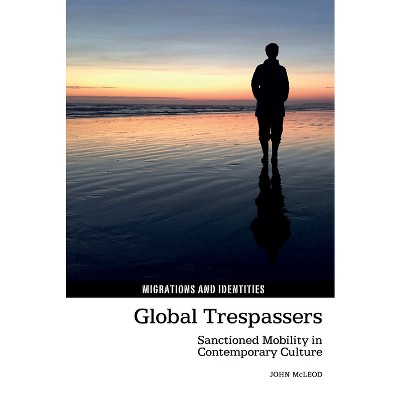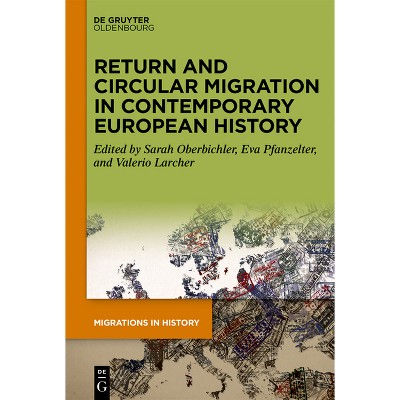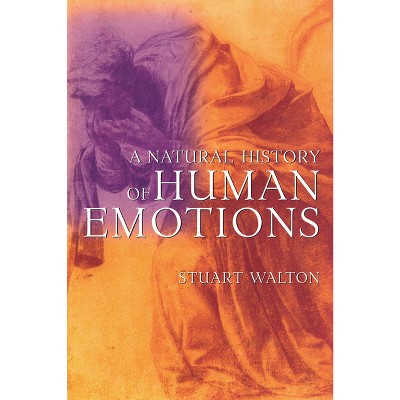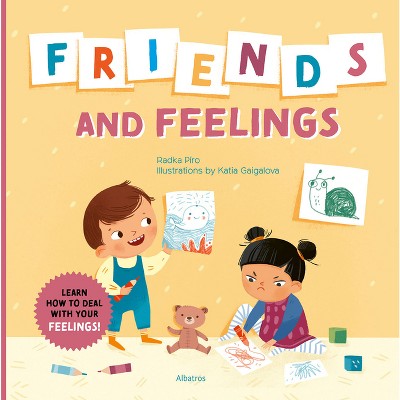Migrant Emotions - (Migrations and Identities) by Sonia Cancian & Peter Leese & Soň & a Mikulová (Hardcover)

About this item
Highlights
- Migrant Emotions explores the interrelationships and tensions between mobility and immobility, emotions, affects and experiences, inclusion and exclusion, as well as narratives and representations in both local and global discourses.
- Author(s): Sonia Cancian & Peter Leese & Soň & a Mikulová
- 264 Pages
- History, Social History
- Series Name: Migrations and Identities
Description
Book Synopsis
Migrant Emotions explores the interrelationships and tensions between mobility and immobility, emotions, affects and experiences, inclusion and exclusion, as well as narratives and representations in both local and global discourses. The overall objective of the volume is to underscore the significance of emotions in the analysis of mobile lives in the past and the current socio-political climate. The book provides a new framework that brings together the study of emotions and migration by focusing on the feelings or emotions of exclusion and inclusion through a range of theoretical lenses. Specifically, it offers a series of complex, interconnected studies on diverse experiences, responses, and voices of migrants (including, refugees, asylum seekers, undocumented, and others on the move) both in the twentieth and the twenty-first centuries, and across the continents, including Europe (Molesini, Daniel, Stock, Castillo Goncalves, Cancian, Leese), Africa (Cancian, Kilpeläinen and Zechner), Asia (Mutiara, Paul, Ridgway), and Oceania (Heckenberg). Integral to the volume's original objective is an emphasis on the global diversity of contributors and studies and the global reach of readership for purposes of comparison.
Review Quotes
'Inclusion and exclusion have already been explored by migration studies in various disciplines, but the focus has mostly been on migration policies that define who is desirable and who is not, who is accepted and who is rejected at the border between countries, and who is excluded and who is included. In contrast, this book delves into the historically and culturally informed social experience of migrants. The volume explores "How it feels" to be included or excluded, what are the feelings of migrants, refugees, and asylum seekers when they are in the liminal space between the inside and the outside.' María Bjerg
Shipping details
Return details
Trending Non-Fiction











